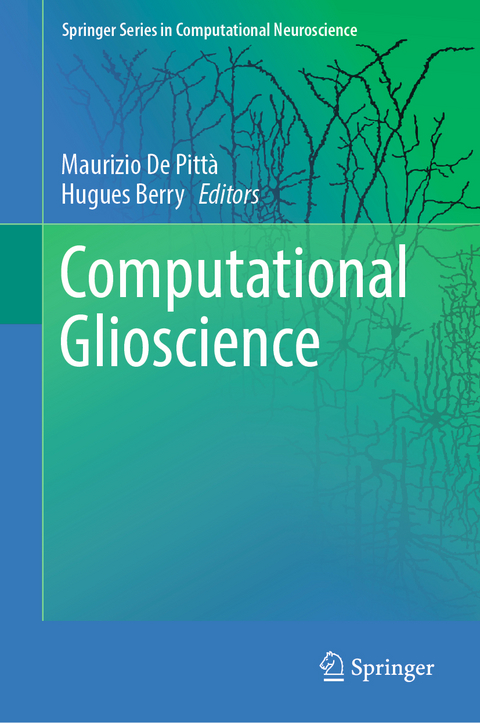
Computational Glioscience
Springer International Publishing (Verlag)
978-3-030-00815-4 (ISBN)
Part 1. Introduction.- A Neuron-Glial perspective for computational neuroscience.- Part 2. Calcium dynamics.- Data-driven modelling of the inositol trisphosphate receptor and its role in calcium induced calcium release.- Intracellular calcium dynamics: biophysical and simplified models.- Modeling of stochastic Ca2+ signals.- G protein-coupled receptor-mediated astrocytic Ca2+ signaling in astrocytes.- Emergence of regular and complex calcium oscillations by inositol 1,4,5-trisphosphate signaling in astrocytes.- Astrocyte networks and intercellular calcium propagation.- Part 3. Tripartite Synapse and regulation of network activity.- Tripartite synapses and regulation of synaptic plasticity.- Purinergic signaling at tripartite synapses.- Gliotransmitter exocytosis and its consequences on synaptic transmission.- Computational models of pathophysiological glial activation in CNS disorders.- Part 4. Homeostasis and Metabolic coupling.- The role of astrocytes in neurotransmitter uptake and brain metabolism.- Glutamate uptake.- Astrocytic ion dynamics: Implications for potassium buffering and liquid flow.- Constraint-Based Modeling of Metabolic Interactions in and between Astrocytes and Neurons.- Part 5. Computational Tools to Analyze and Model Astrocyte Experiments.- Computational models of astrocytes and astrocyte-neuron interactions: Characterization, reproducibility, and future perspectives.- GECIquant: semi-automated detection and quantification of astrocyte intracellular Ca2+ signals monitored with GCaMP6f.- Modeling neuron-glia interactions with the Brian 2.0 simulator.
| Erscheinungsdatum | 02.02.2019 |
|---|---|
| Reihe/Serie | Springer Series in Computational Neuroscience |
| Zusatzinfo | XV, 505 p. 205 illus., 76 illus. in color. |
| Verlagsort | Cham |
| Sprache | englisch |
| Maße | 155 x 235 mm |
| Gewicht | 943 g |
| Themenwelt | Medizin / Pharmazie ► Studium |
| Naturwissenschaften ► Biologie ► Humanbiologie | |
| Schlagworte | astrocytes • Brain communication • Information Processing • Modeling • Neuron-glia interactions |
| ISBN-10 | 3-030-00815-0 / 3030008150 |
| ISBN-13 | 978-3-030-00815-4 / 9783030008154 |
| Zustand | Neuware |
| Haben Sie eine Frage zum Produkt? |
aus dem Bereich


